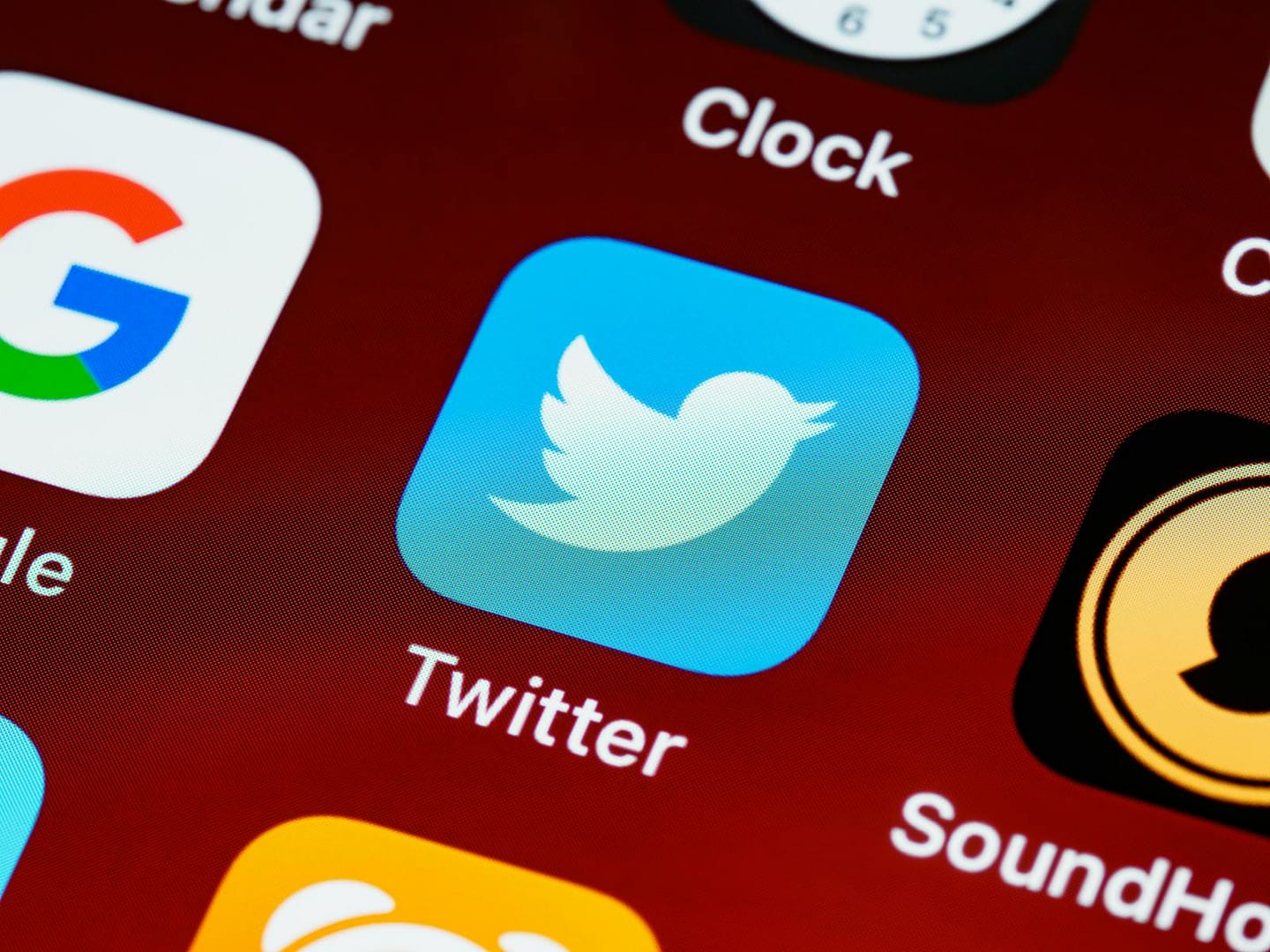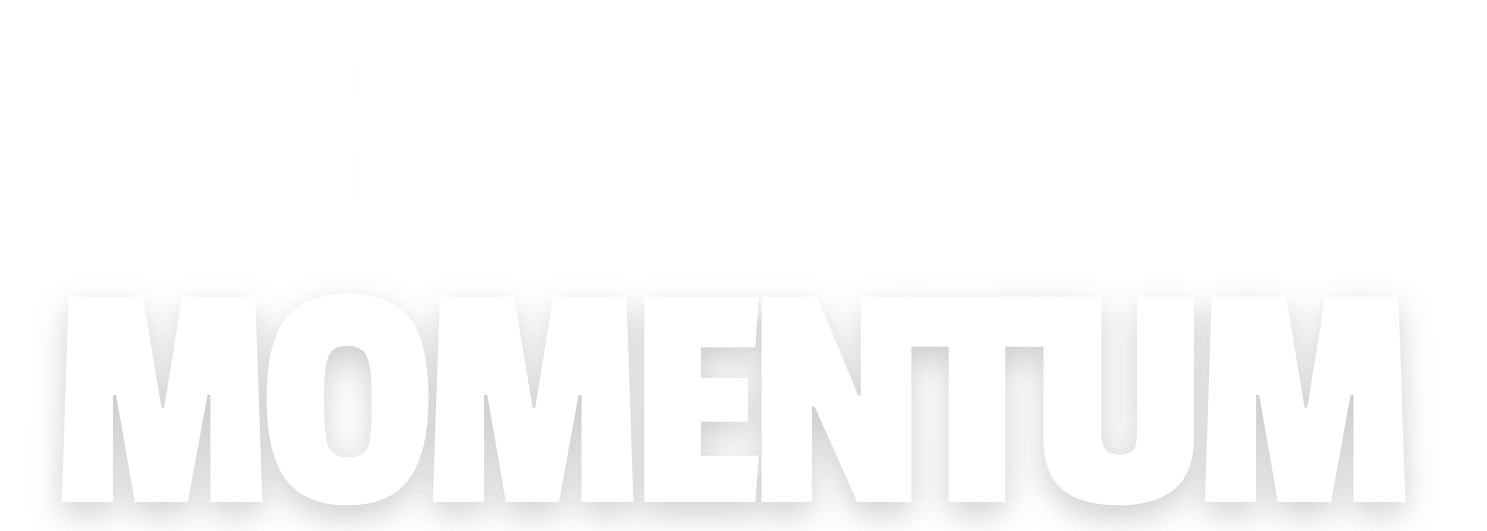In the ever-evolving realm of social media, platforms strive to offer unique features that cater to the diverse needs of their users. Twitter, a pioneer in microblogging, stands out with its concise yet impactful tweets. However, the emergence of threaded conversations, commonly known as threads, has sparked a debate over the effectiveness of traditional tweets versus the more extensive narrative provided by threads. Let’s delve deeper into the dynamics of Twitter vs Threads to understand their respective strengths, weaknesses, and the impact they have on user engagement and communication.
Understanding Twitter
Twitter, often hailed as the pulse of the internet, revolutionized online communication with its character-limited posts, commonly known as tweets. With a maximum limit of 280 characters per tweet, users are challenged to convey their message concisely yet effectively. This brevity encourages creativity, wit, and the ability to distill complex ideas into bite-sized pieces of information.
Key Features of Twitter
- Character Limit: Twitter’s defining feature is its character limit, which forces users to be succinct in their communication. This constraint fosters clarity and encourages users to get straight to the point.
- Real-Time Updates: Twitter’s real-time feed ensures that users are constantly updated with the latest news, trends, and conversations. This immediacy makes it an invaluable tool for staying informed and connected.
- Hashtags and Trends: The use of hashtags allows users to categorize their tweets and participate in broader conversations around specific topics. Trends highlight the most popular and relevant discussions, facilitating discovery and engagement.
Pros of Twitter
- Conciseness: Twitter’s character limit promotes brevity and ensures that messages are easy to consume.
- Accessibility: With its simple interface and real-time updates, Twitter offers easy access to a wealth of information and conversations.
- Global Reach: Twitter transcends geographical boundaries, enabling users to connect with people from around the world and engage in diverse discussions.
Cons of Twitter
- Limitation on Depth: The character limit restricts the depth of discussions, making it challenging to explore complex topics in detail.
- Potential for Misinterpretation: Due to the brevity of tweets, messages may be misunderstood or taken out of context, leading to misinterpretation and conflicts.
- Noise and Distraction: The fast-paced nature of Twitter’s feed can result in information overload and distraction, making it difficult to focus on meaningful conversations.
Exploring Threads
Threads, a feature introduced by Twitter in 2017, allow users to string multiple tweets together to create longer narratives or discussions on a single topic. This feature addresses the limitations of the character limit by providing users with a platform to delve deeper into their thoughts and ideas.
Key Features of Threads
- Sequential Structure: Threads maintain a sequential structure, with each tweet building upon the previous one. This allows for the creation of cohesive narratives and comprehensive discussions.
- Increased Length: Unlike individual tweets, threads have a significantly higher character limit, enabling users to explore topics in greater detail without the constraints of brevity.
- Engagement and Interaction: Threads encourage engagement and interaction by facilitating ongoing conversations within a single thread. Users can reply to individual tweets within the thread, fostering a sense of continuity and community.
Pros of Threads
- Depth and Detail: Threads provide the opportunity to explore topics in-depth, allowing for more comprehensive discussions and analysis.
- Organization: The sequential structure of threads enhances organization and coherence, making it easier for users to follow the flow of conversation.
- Extended Engagement: By keeping conversations within a single thread, users can engage in prolonged discussions without the need for multiple separate interactions.
Cons of Threads
- Complexity: Creating and navigating threads can be daunting for some users, especially those accustomed to the simplicity of individual tweets.
- Potential for Repetition: In longer threads, there is a risk of repetition or redundancy, as users may reiterate points across multiple tweets.
- Attention Span: Despite offering more extensive content, threads still require users to invest time and attention, which may deter those seeking quick, bite-sized information.
Twitter vs Threads: A Comparative Analysis
Now that we’ve explored the key features and dynamics of Twitter and Threads, let’s compare the two in various aspects to understand their strengths, weaknesses, and suitability for different purposes.
User Engagement
Twitter: The brevity of tweets encourages quick interactions and responses, making it ideal for capturing fleeting thoughts or sharing immediate updates. However, the limited space may hinder deeper engagement or nuanced discussions.
Threads: Threads foster more sustained engagement by allowing users to delve into topics in greater detail and facilitate ongoing conversations within a single thread. While this encourages depth, it may also require a higher level of commitment from both creators and readers.
Content Creation
Twitter: The character limit on tweets necessitates concise and impactful content creation, challenging users to convey their message effectively within a limited space. This constraint encourages creativity and clarity but may also limit the depth of content.
Threads: With a higher character limit and the ability to string multiple tweets together, threads offer more flexibility for content creation. Users can explore complex topics in greater detail, providing comprehensive insights and narratives.
Accessibility and Discoverability
Twitter: The real-time nature of Twitter’s feed ensures that content is constantly updated and accessible to users worldwide. Hashtags and trends facilitate discoverability, allowing users to engage with relevant conversations and topics of interest.
Threads: While threads provide a platform for in-depth discussions, they may be less discoverable than individual tweets, especially if not properly promoted or linked to related content. Navigating longer threads may also require more effort from users.
Community and Interaction
Twitter: The brevity of tweets encourages quick responses and interactions, fostering a sense of immediacy and spontaneity. However, the fast-paced nature of Twitter’s feed may also lead to superficial engagement or fragmented conversations.
Threads: By keeping discussions within a single thread, users can foster a sense of community and continuity, allowing for more meaningful interactions and conversations. However, longer threads may require more effort to maintain engagement and coherence.
Mobile Apps: Accessibility and User Experience
Twitter:
- Accessibility: Twitter’s mobile app provides instant access to the latest updates and conversations, allowing users to stay connected on the go.
- User Experience: With its streamlined interface and intuitive design, Twitter’s app offers a seamless browsing experience, enabling users to navigate through their feed and engage with content effortlessly.
Threads:
- Accessibility: While Threads is primarily accessed through the Twitter app, its interface may be slightly different from the main Twitter feed, requiring users to familiarize themselves with the layout.
- User Experience: Threads’ interface focuses on presenting threaded conversations in a coherent manner, offering a structured view of longer narratives. However, some users may find the navigation less intuitive compared to Twitter’s main feed.
Comparison: In terms of mobile apps, Twitter’s accessibility and user-friendly interface give it an edge over Threads. While Threads provides a unique experience for exploring longer narratives, its interface may require some adjustment for users accustomed to the simplicity of Twitter’s main app.
Websites: Content Creation and Discoverability
Twitter:
- Content Creation: Twitter’s website offers a platform for creating and sharing tweets, with features such as hashtags and mentions to enhance discoverability and engagement.
- Discoverability: Tweets posted on Twitter’s website are easily accessible to users worldwide, with the platform’s search and trending features facilitating the discovery of relevant content and conversations.
Threads:
- Content Creation: Threads can be created and viewed on Twitter’s website, providing users with a platform for sharing longer narratives and discussions.
- Discoverability: While threads may offer more comprehensive content, their discoverability on Twitter’s website may be lower compared to individual tweets, especially if not properly promoted or linked to related content.
Comparison: In terms of websites, both Twitter and Threads offer platforms for content creation and engagement. While Twitter’s website excels in discoverability and accessibility, Threads provide a unique format for exploring longer narratives and discussions.
Potential for Reach: Global Impact and Audience Engagement
Twitter:
- Global Impact: With its global reach and real-time updates, Twitter has become a powerful platform for sharing news, opinions, and discussions on a wide range of topics.
- Audience Engagement: Twitter’s character-limited tweets encourage quick interactions and responses, fostering a sense of immediacy and spontaneity among users.
Threads:
- Global Impact: While Threads may not have the same reach as individual tweets, they provide an opportunity for users to delve into topics in greater depth and engage with a more focused audience.
- Audience Engagement: By keeping discussions within a single thread, users can foster a sense of community and continuity, encouraging more meaningful interactions and conversations.
Comparison: Twitter’s broad reach and real-time updates make it a powerful tool for global impact and audience engagement. However, Threads offer a unique format for fostering deeper connections and discussions within a more focused audience.
Live Sports: Real-Time Updates and Fan Engagement
Twitter:
- Real-Time Updates: Twitter’s real-time feed makes it an ideal platform for following live sports events, with users sharing updates, reactions, and commentary as the action unfolds.
- Fan Engagement: Twitter’s character-limited tweets encourage quick reactions and interactions among fans, fostering a sense of camaraderie and community during live sports events.
Threads:
- Real-Time Updates: While Threads can be used to provide more in-depth analysis and commentary on live sports events, their sequential structure may not lend itself well to the fast-paced nature of live updates.
- Fan Engagement: Threads offer an opportunity for fans to delve into detailed discussions and analysis of sports events, but the sequential nature of threads may limit the spontaneity and immediacy of fan interactions.
Comparison: When it comes to live sports, Twitter’s real-time updates and quick interactions make it a preferred platform for following and engaging with live events. While Threads can offer more comprehensive analysis, their sequential structure may not be conducive to the fast-paced nature of live sports updates.
FAQs (Frequently Asked Questions)
1. Are threads limited to text-based content only?
No, threads can include a variety of media such as images, videos, and gifs, allowing users to enrich their narratives and discussions.
2. Can I edit or delete individual tweets within a thread?
Yes, users have the flexibility to edit or delete individual tweets within a thread without affecting the entire thread’s structure.
3. How can I make my threads more discoverable?
To increase the discoverability of your threads, utilize relevant hashtags, engage with related conversations, and consider promoting your thread through other channels such as retweets or shares.
4. Is there a limit to the number of tweets that can be included in a thread?
While there is no strict limit to the number of tweets in a thread, it’s essential to consider readability and coherence. Long, sprawling threads may deter some users from engaging fully.
Conclusion
In the realm of online communication, When comparing Twitter vs Threads, they both offer distinct approaches to sharing information, engaging with audiences, and fostering discussions. While Twitter excels in providing real-time updates and quick interactions, Threads offer a platform for exploring longer narratives and in-depth discussions.
Whether you’re seeking to share immediate updates, engage with global audiences, or delve into detailed discussions, both Twitter and Threads provide valuable tools for communication and expression. By understanding their unique features and dynamics, users can leverage these platforms to effectively connect, share, and engage with the world around them.

